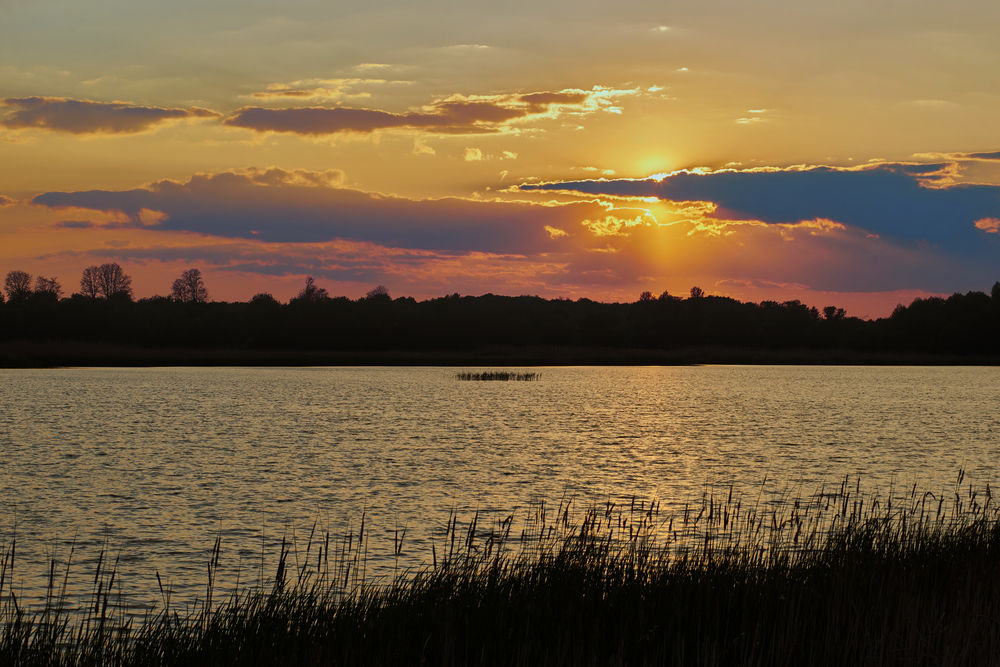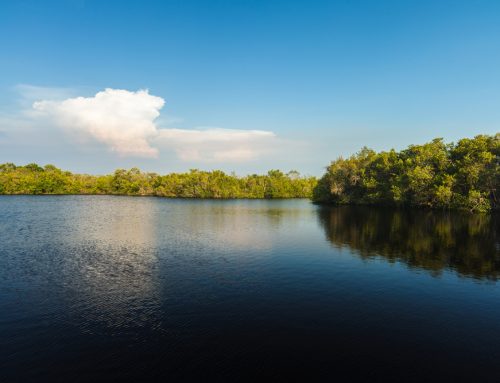As a lakefront homeowner, it means you are privileged with proximity to recreational waters and have access to stunning lake views. Having a lakefront home also implies that you are uniquely positioned to help maintain the health and integrity of Orange County’s beautiful lakes. After all, you are on the frontlines in the fight to preserve the lake’s water quality and ecosystem.
Before you enjoy the lakes, it’s essential to understand some regulations as well as how you can contribute to the health of the lakes.
Understanding Stormwater
Although the name suggests that stormwater would probably mean water coming from a storm, it doesn’t have to come from such harsh weather conditions. Instead, stormwater is simply water from rain that falls on land and gets drained into lakes.
Stormwater is an important concept for lakefront homeowners because stormwater can inadvertently carry foreign chemicals and substances as it flows towards the lakes. The flowing water can pick up anything, such as debris, chemicals, garbage, and more.
There are many substances and materials that stormwater can carry that would compromise the health and pristine condition of a lake. Trash and debris are common materials that can be carried by stormwater. The waters would then carry the trash to the lake, which will eventually pollute the waters.
One primary concern that stormwaters can carry is fertilizers and other agrochemicals. These substances are often composed of nutritious elements that can accidentally feed the algae in the lake.
When excess nutrients get into the lake, they can cause a significant increase in algal populations that can lead to a harmful algal bloom. These blooms are hazardous for the lake as they can poison the animals in and around the lake. Harmful algal blooms can also suck oxygen from the waters and make it inhospitable for both plants and animals.
There are different ways lakefront homeowners can help minimize stormwater impacts, such as planting native vegetation along the shoreline, redirecting stormwaters, and catching rain.
They can also help by minimizing the use of gardening chemicals. Lakefront homeowners also usually employ berms and swales – a kind of depression around the shoreline that can help catch stormwater before it enters the lake.
About Permits
Lakefront homeowners might have to request permits before they are allowed to do some things.
For example, one activity that lakefront homeowners might need a permit for would be to remove some vegetation from the shoreline.
Initially, lakefront homeowners are entitled to a vegetation-free access corridor of 20% or 30 feet of total linear shoreline without the need for a permit. However, a Lakeshore Permit (LP) is required if the homeowner wants to remove vegetation outside this initially allotted area.
The LP can be used to remove exotic or invasive vegetation, but the homeowners might be required to plant native species to meet the necessary 80% vegetation coverage.
Another activity that would require a permit is building a boat dock, boat ramp, or seawall. Understandably, most lakefront homeowners enjoy recreational activities in the lake, and that would often require the construction of some related infrastructure. Plans would have to be accepted first by the proper authorities before a permit can be provided.
Conclusion
To keep enjoying Orange County lakes, we all have a part to play in keeping the lakes healthy and balanced. There’s no reason why we can’t enjoy activities like boating, swimming, and fishing in the lakes and still take care of the lake ecosystem. With responsible lake stewardship, we can ensure that Orange County lakes will remain pristine for generations to come.


